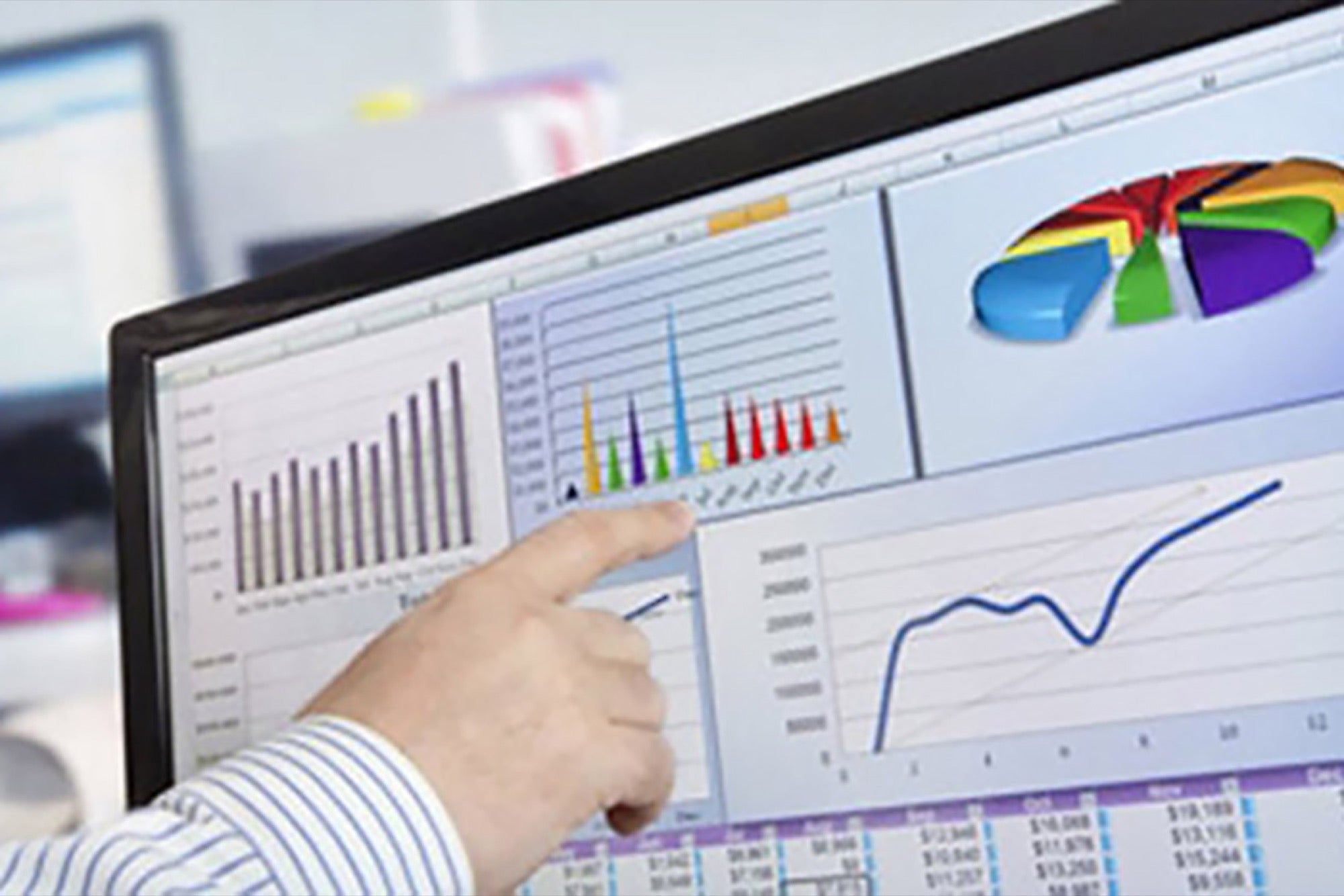10 Essential Steps for Getting Started With QuickBooks Accounting Tools Follow these tips for using the popular accounting software right.
Opinions expressed by Entrepreneur contributors are their own.

Now that you're probably organizing your finances for filing your 2012 business taxes, you might want to consider -- or reconsider -- the tools that make up your company's accounting infrastructure.
Small businesses want an accounting solution that's secure, scalable and easy to share with an accountant. One popular option -- that delivers on each of these counts -- is Mountain View, Calif.-based Intuit's online accounting software, QuickBooks Online, Simple Start ($12.95 per month). QuickBooks offers a rich archive of financial tools from simple account tracking and invoicing to options for managing vendors, contractors and employees.
Related: 10 Online Invoicing Services for Small-Business Owners
But as useful as Intuit's services can be, some people can find it confusing or overwhelming to navigate right out of the gate. To get you on the right footing, here are the basic steps to get started with QuickBooks.
Find an accountant.
Before you get started, the first thing you want to do is discuss migrating your finances to QuickBooks with a trusted financial professional. For this, Intuit offers an online accountant matching service called ProAdvisor. But most accountants support the service, so a local referral can work as well.
The purpose: a phone conversation or email exchange with the accountant to determine and confirm the specifics about your business that QuickBooks needs, including your business structure, the correct conventions for tracking expenses, and your obligations regarding state or local regulators.
Review the QuickBooks basics.
Now, become familiar with the software. Even if you are comfortable with numbers, spend time in the "Getting Started" tab on the tutorials that introduce how QuickBooks' thinks about managing the bills you send and receive and your firm's costs. QuickBooks classifies revenue as "Money In," and expenses as "Money Out." It then maps the flow of these funds through your business in a chart called "Getting Around."
Set up a secure environment.
Security is critical anytime money is at stake, and particularly so with QuickBooks because your entire financial life is in one place. Before you start entering sensitive financial information, go to the "Change Password" tab in the "Your Account" section and create a unique and complex password. You also should consider changing this and the passwords that QuickBooks stores -- your online banking IDs at your bank's website and in QuickBooks -- every quarter.
Enter your business vitals.
Now that you are familiar with the QuickBooks basics and your passwords set, go to the "Preferences" link in the "Company" tab and enter your company's financial details, based on the preliminary conversations you had with your accountant. Usually, the most important items are business structure, reporting forms, Tax ID number and reporting calendar. But that can vary by business, and even tiny details can be critical. Consider double-checking these details with your financial advisor by phone or email.
Enter customer information.
Now, head to the "Customer" tab and begin entering client information. While name, address and email are important, the critical element is the "Payment Method" option. Check with your customers directly to determine whether they prefer paying with cash, check or credit card. Then, set the options as needed and, if possible, generate a test invoice for your clients. Confirm with them that all works as it should.
Enter basic vendor and employee information.
Next, go to the "Vendors" and "Employees" tabs. Start by entering the contact information for who works for you and who sells to you, but don't feel pressured to enter every bit of detail that QuickBooks prompts. Confirm each entry by generating a report with the "Report" button on the right of the screen. At this point, there shouldn't be a need for options such as "Manage Bills" or "Payroll."
Begin tracking the money flow.
Now comes the tricky part: accounting for the actual dollars your business makes and spends. For this, dig into the "Banking" tab and focus on the basic reporting options to track the money you make and the costs your business incurs. You can connect to most relevant financial accounts -- such as bank accounts and credit cards -- from here.
Be sure you can cut checks with the "Write Checks" tab and manage your costs and sales in the "Credit Card Expense," "Cash Expense" and "Deposit" headings. Do a trial run with each of these features to make sure that you understand them correctly and QuickBooks is recording the data properly.
You'll also want to manage the activity on your account. You can use the "Manage Users" screen, located in the "Your Account" section, to add users -- ideally only yourself and your accountant -- and to view "Activity" reports that show who has done what within the account.
Review expense labels and confirm them with an accountant.
Business funds must be organized by category for both tax purposes and for regulators. So, you'll need to know the nuts and bolts of describing what your business spends. Be sure to understand how to track "Cash Expenses" by hand versus automatically downloading expense data from a bank or credit account, which can usually be found in the "Downloaded Transactions" section.
Manually entering cash expenses into QuickBooks can be a relatively simple process. Enter an amount, assign a vendor and attach a memo. Expense data from bank or credit card accounts can be uploaded automatically. Again, it's probably a good idea to confirm with an accountant early on that you are labeling these correctly.
Create your first profit and loss report.
Now that you've reviewed your expense labels, it's time to determine how much money your business makes. Intuit has a full set of reporting tools but, for now, concentrate on the "Profit & Loss" report found in the "Report" tab. Essentially, the Profit & Loss report adds up what you made for a period and then subtracts the costs you incurred based on the data entered in QuickBooks. Among other things, the report can help give you an idea of the cash you'll need on hand to pay taxes on your potential profit.
Additionally, Intuit offers a "Memorize" function that makes it easy to capture this and other specific reports on a regular basis and run them by your accountant.
Add features as needed.
Once you have the basics down -- invoicing, sales tracking, expense monitoring, and determining profit or loss and tax obligations -- you can start adding features. Your next steps might include creating a basic balance sheet, exploring your statement of cash flows, and automating how you reconcile your bank statements.
QuickBooks offers an app center to build in advanced tools for customer relationship management, inventory and billing. There are also mobile apps for Android and iPhone that enable most of the basic QuickBooks online features.



















